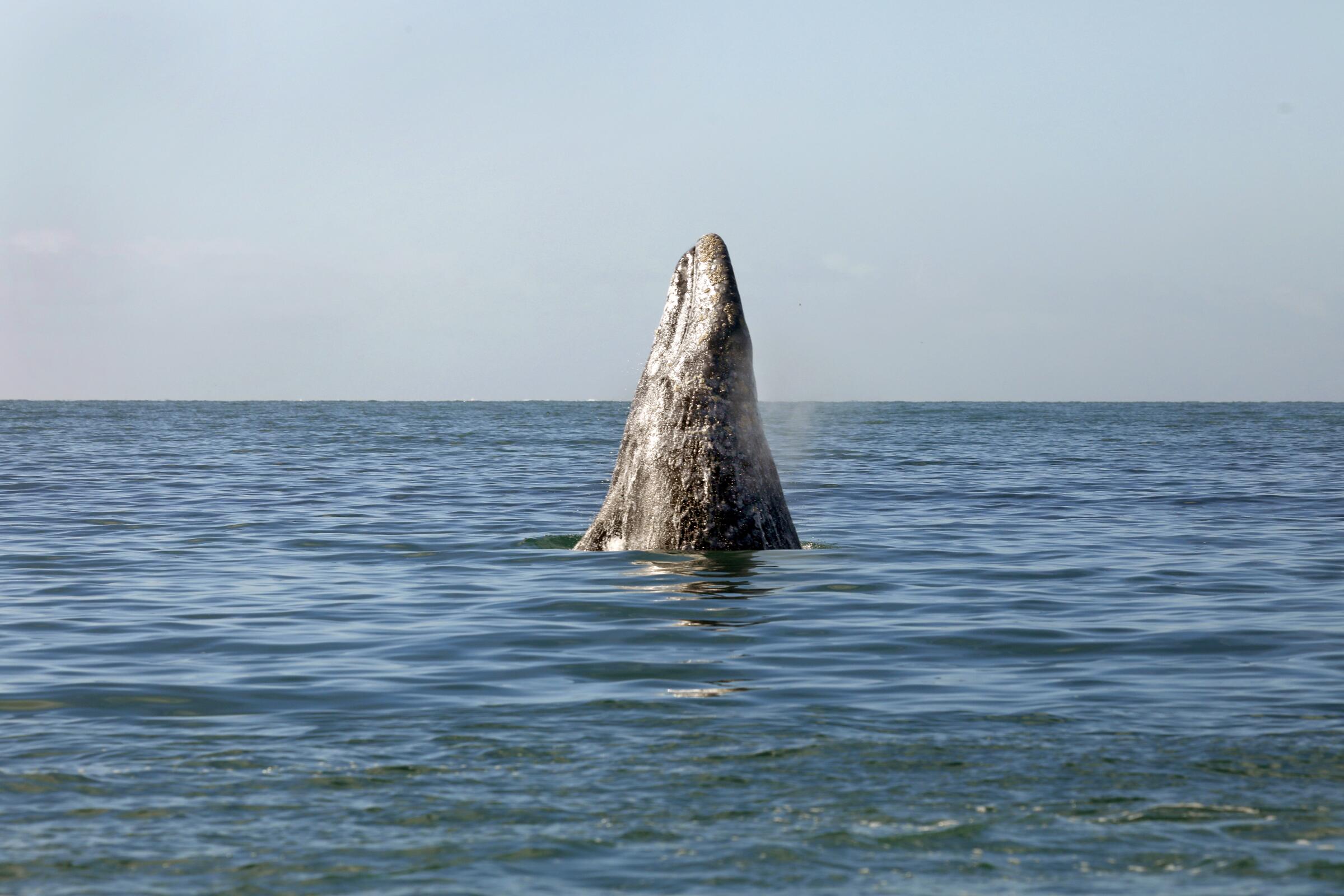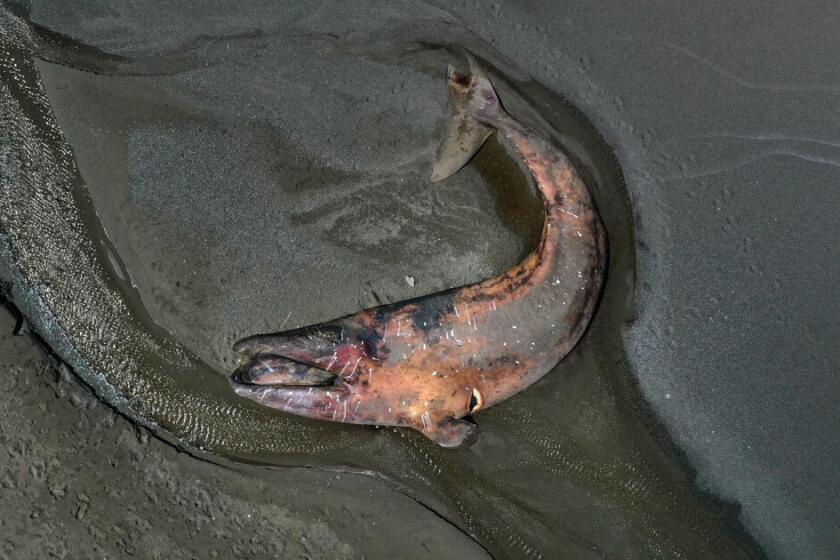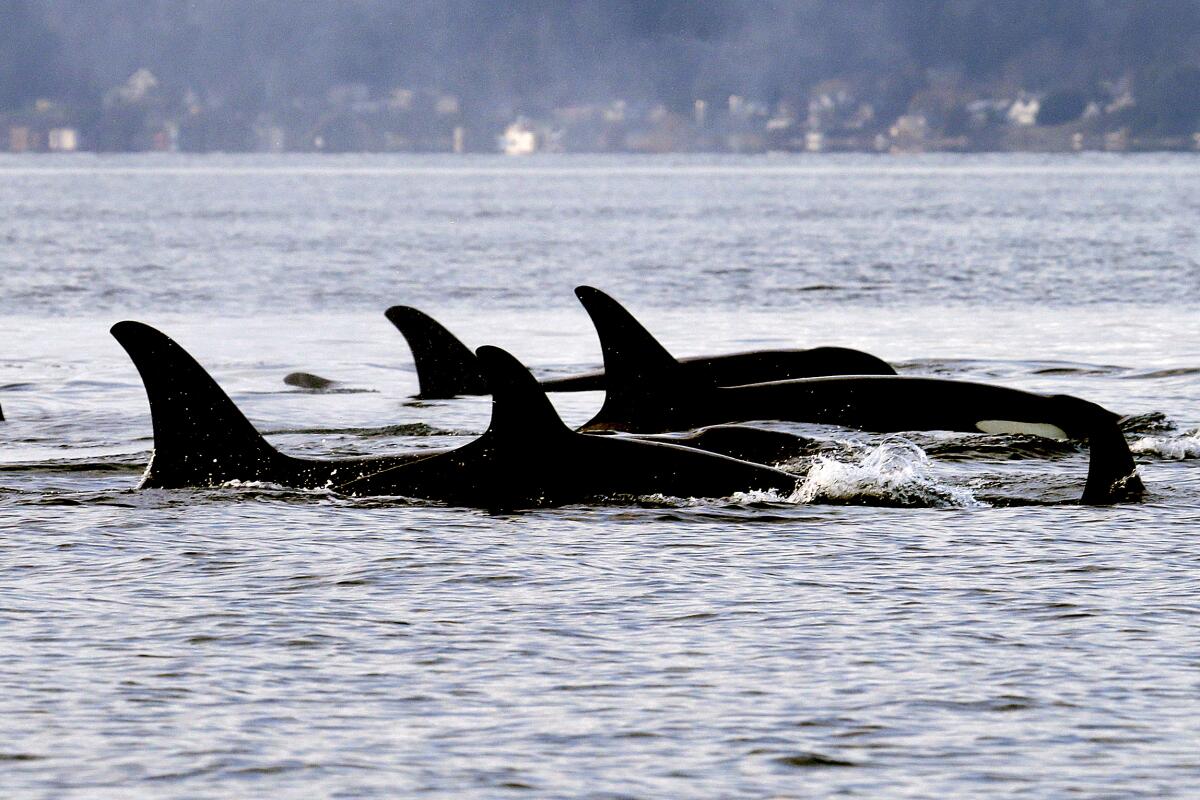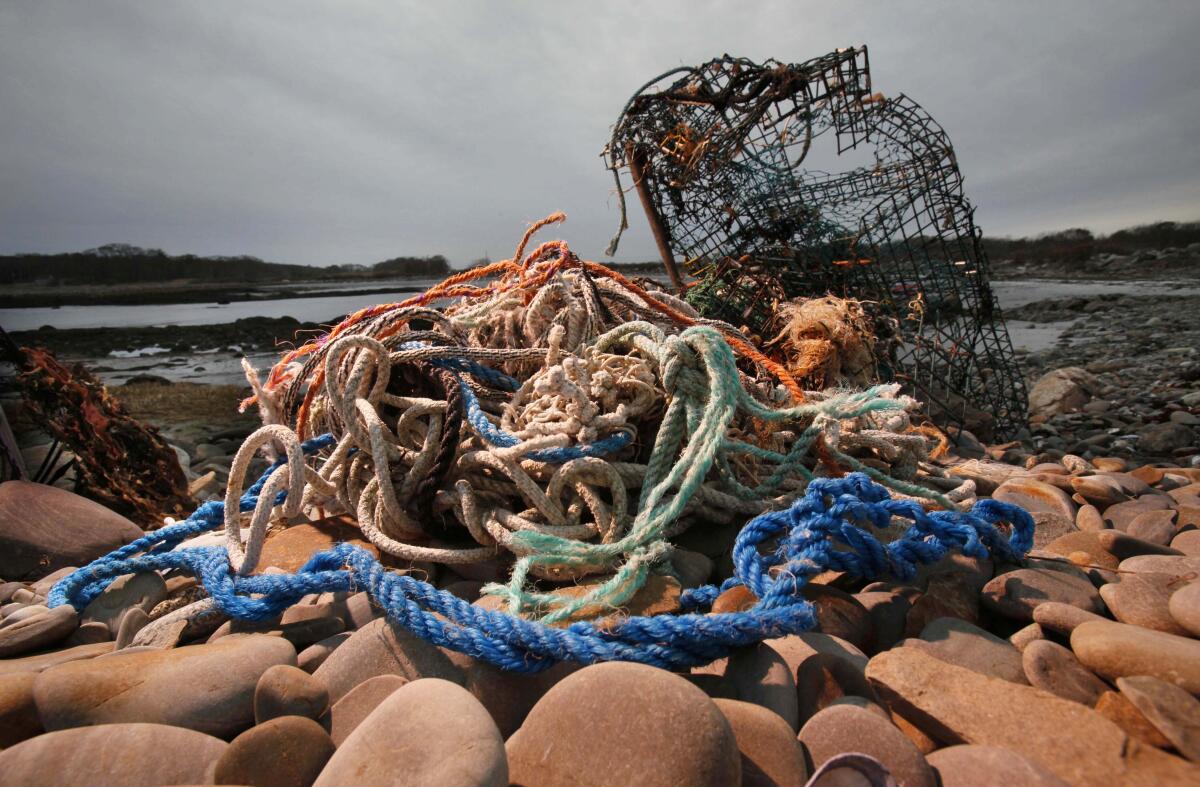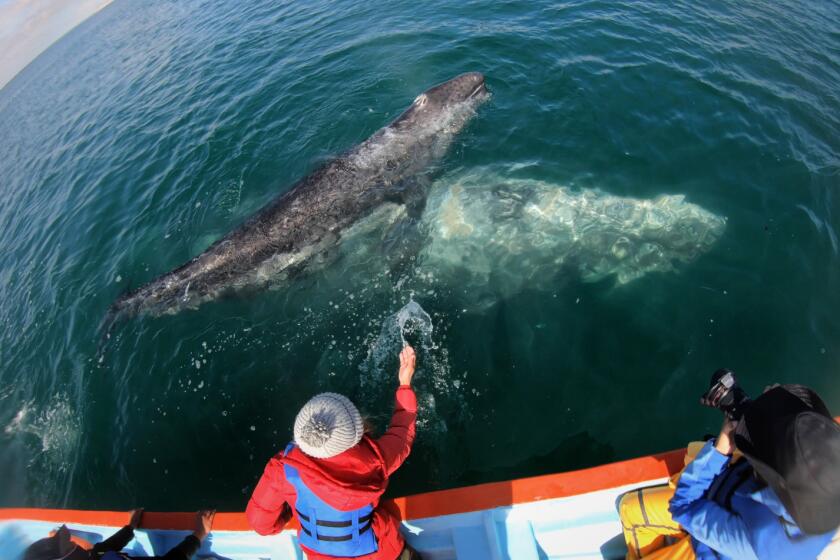Susanne Rust is an award-winning investigative reporter specializing in environmental issues. She is based in the Bay Area.
Stuart Leavenworth is a former California enterprise editor for the Los Angeles Times. He edited award-winning investigations of the U.S. nuclear legacy in the Marshall Islands, abandoned oil wells in California and projects on the die-off of gray whales and the lethal toll of heat waves in California. Leavenworth spent most of his career with McClatchy as a Sacramento Bee reporter and editor, Beijing bureau chief and national correspondent in Washington. A native of Fresno and graduate from UC Santa Cruz and Columbia University, Leavenworth was based in the Bay Area, where once worked as a chef apprentice, perfecting his knife skills – good training for an editor.
